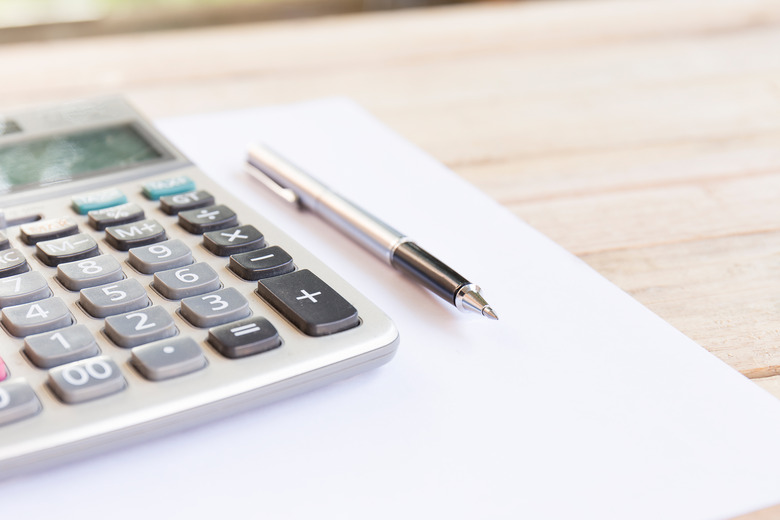Just when you think you’ve got mean and mode conquered, along comes the grand mean. The grand mean is the mean of the means you have already recorded. It’s not achieved by dividing the total number of sets, but rather the total group sets within specific data.
Step 1
Determine the mean of each group or set’s samples. Remember the formula for mean (sum of data divided by the number of individual data). Use the following exercise as a sample to determine the mean and grand mean: Jackson: 1, 6, 7, 10, 4 (1+6+7+10+4=28) (28÷5=5.6) Thomas: 5, 2, 8, 14, 6 (5+2+8+14+6=35) (35÷5=7) Garrard: 8, 2, 9, 12, 7 (8+2+9+12+7=38) (38÷5=7.6)
Step 2
Add each mean average. In the sample, the means are, in order, 5.6, 7 and 7.6.
Step 3
Divide the total by the number of groups to determine the grand mean. In the sample, there are three groups. The total of the three means is 20.2 (5.6+7+7.6=20.2). The grand mean is 6.73 (20.2÷2=6.73)
TL;DR (Too Long; Didn’t Read)
The best way to remember the grand mean formula is to remember the grand mean is the “mean of all means.”

